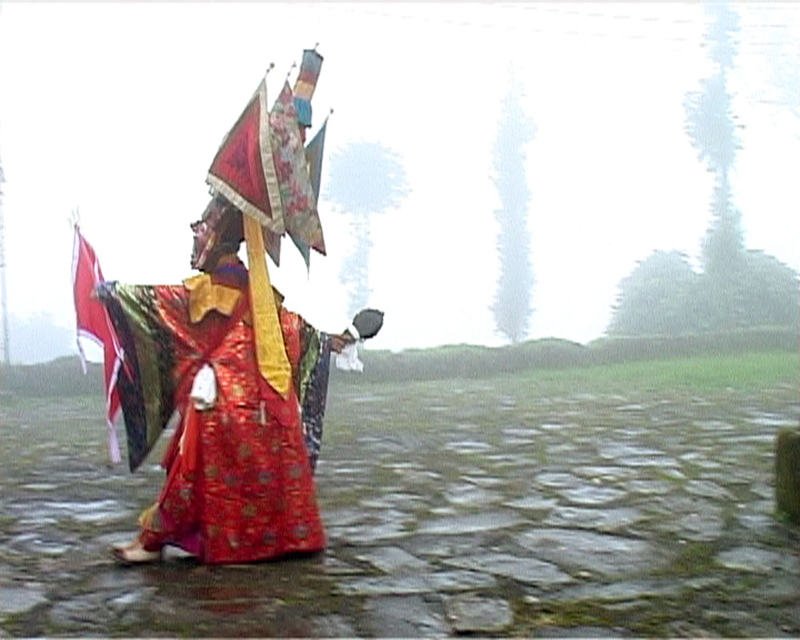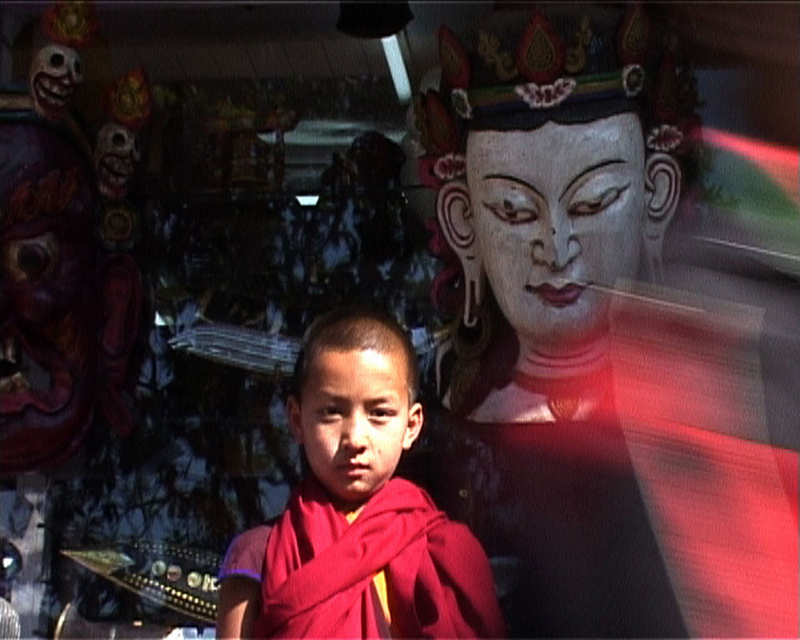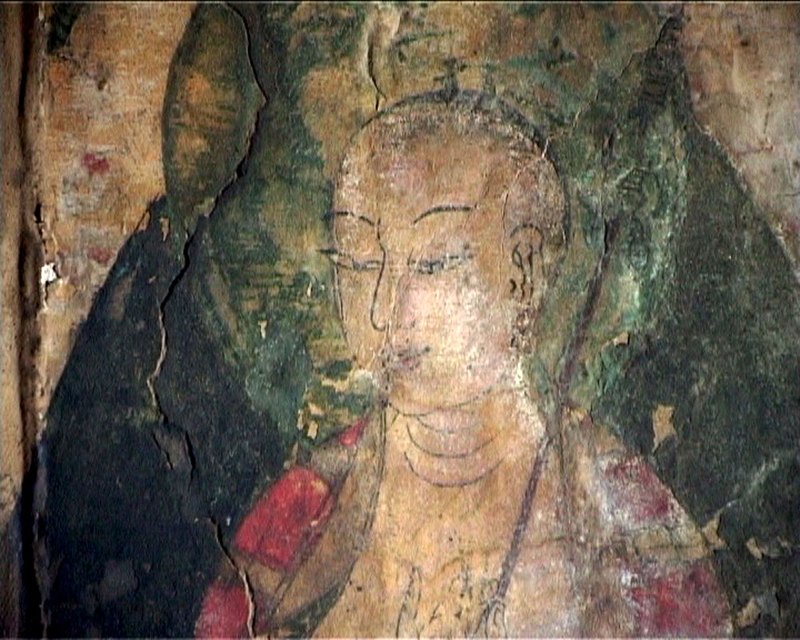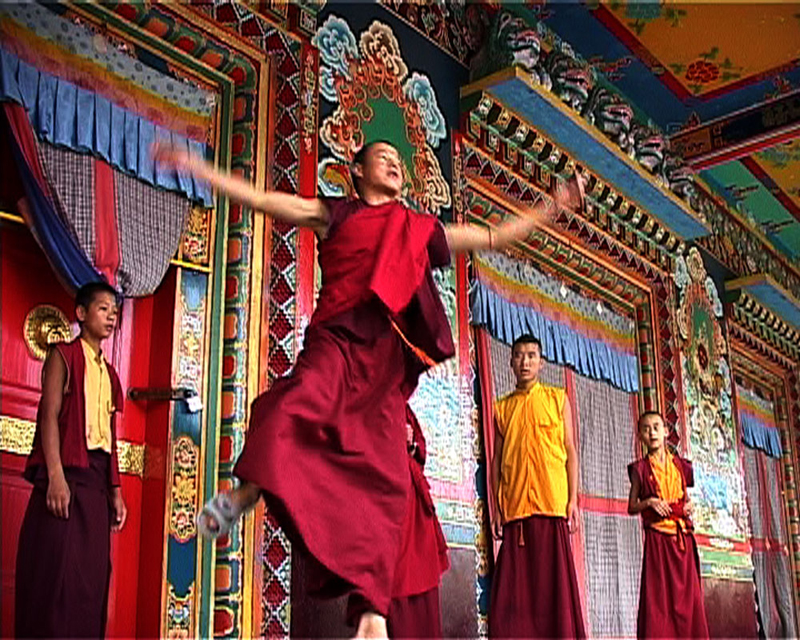Arghya Basu





Grant Period: Over two years
Arghya Basu did his graduation from St Xavier’s College, Kolkata, after which he did a post-graduate diploma in cinema from FTII, Pune with specialisation in editing. As a freelance editor, he has done post-production work for several documentaries both in celluloid and video that have been screened at National and International Film Festivals. He has also directed a few films, some of which are Chain Reactions, Reverberations, and Little Things / Dur Palla.
This IFA grant supported film maker Arghya Basu to capture the cultural history of Tibetan Buddhism in Sikkim through the sacred dance theatre of Chham. For him, Sikkim seems to represent a missing link between Tibetan Buddhism and the Indian Buddhist experience. The reading of Sikkim’s history, Arghya observes, and the retelling of its past differ radically in these two cultures. In a sense, his film attempts to understand the relationship between these different narratives.
Titled ‘The Listener’s Tale’, the film documents the ritual dance Chham as it shapes and is shaped by its religious and cultural contexts. Arghya’s research revealed that artistic forms like the Chham were introduced to augment the body of Tibetan Buddhist scriptural readings, and were intended to bring together different Tibetan tribal societies under the ambit of a unified system. The dance is performed according to diverse schedules in a number of monasteries following different Tibetan Buddhist schools. Its stylisation and choreography is laid out by acting manuals called Chams-yig, believed to be revelations rather than conscious compositions.
‘The Listener’s Tale’ is also a testimony to the silent but dramatic effects of development on such traditional practices. Chham is, for the filmmaker, a kind of metaphor for the conflict between faith and reason, myth and history. The film interprets Chham as a complex composition emerging out of historic struggles between ideas and ‘realities’. It is a witness to the contradictions and counter-forces that sustain this ancient art practice, the plurality of meanings it generates, and the active dialogue between the consciousness of the artist as medium and the individual as a spectator. It dwells on the filmmaker’s urban secular perception of the spirit of a magnificent yet dwindling art form. To Arghya, ‘the endeavor is not a journey of discovery, but that of writing a narrative of one artistic form in the language of another’.
